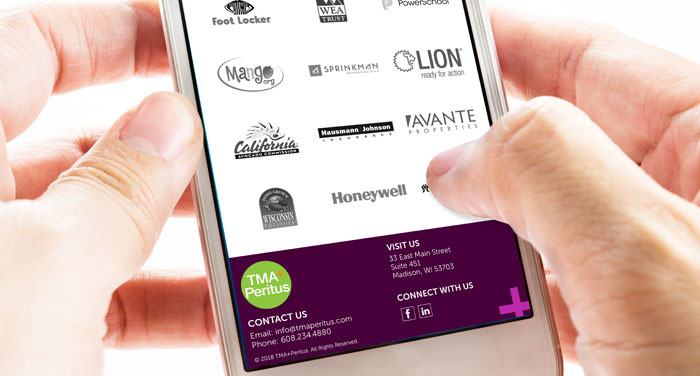Website Design Tips
April 9, 2018
- Have a powerful and clear brand message
You have about eight seconds to get your point across. It should be very clear what products or services you are offering, along with bold calls-to-action to get the user involved. A good combination of writing and a careful choice of imagery will help you to pull this off.
- Make the site well organized and easy to use
Mind mapping and wire framing tools are great ways to carefully plan the user experience pathways. Page names should not be creative, but clear and concise and they should follow commonly accepted norms. Navigation should be intuitive and well-executed across all device widths, including mobile.
- Design simply
Design should reinforce your brand to make a great-looking website. Good design shouldn’t be complicated or overwhelming. Use elegant typography with web fonts from a service like Adobe’s Typekit to get beyond the usual handful of stale, web-safe fonts. Use no more than five colors, with a brighter accent color used sparingly. Consider subtle background patterns to give the site some texture and visual interest.
- Use images effectively
Images should help sell your products or services. Use professional, art-directed photography whenever possible. If stock is to be used, it should be candid in style, or consider a more unusual source, such as Death to Stock.
- Make it sing
Consider using some tasteful parallax design effects to help finish off the site and to add some visual interest while a user is scrolling through your site. Another efficient way to add some style is with a vector SVG animation.
- Embrace white space
And don’t be afraid to leave some white space. Leave plenty of space between rows to keep the site from seeming overwhelming to readers.
